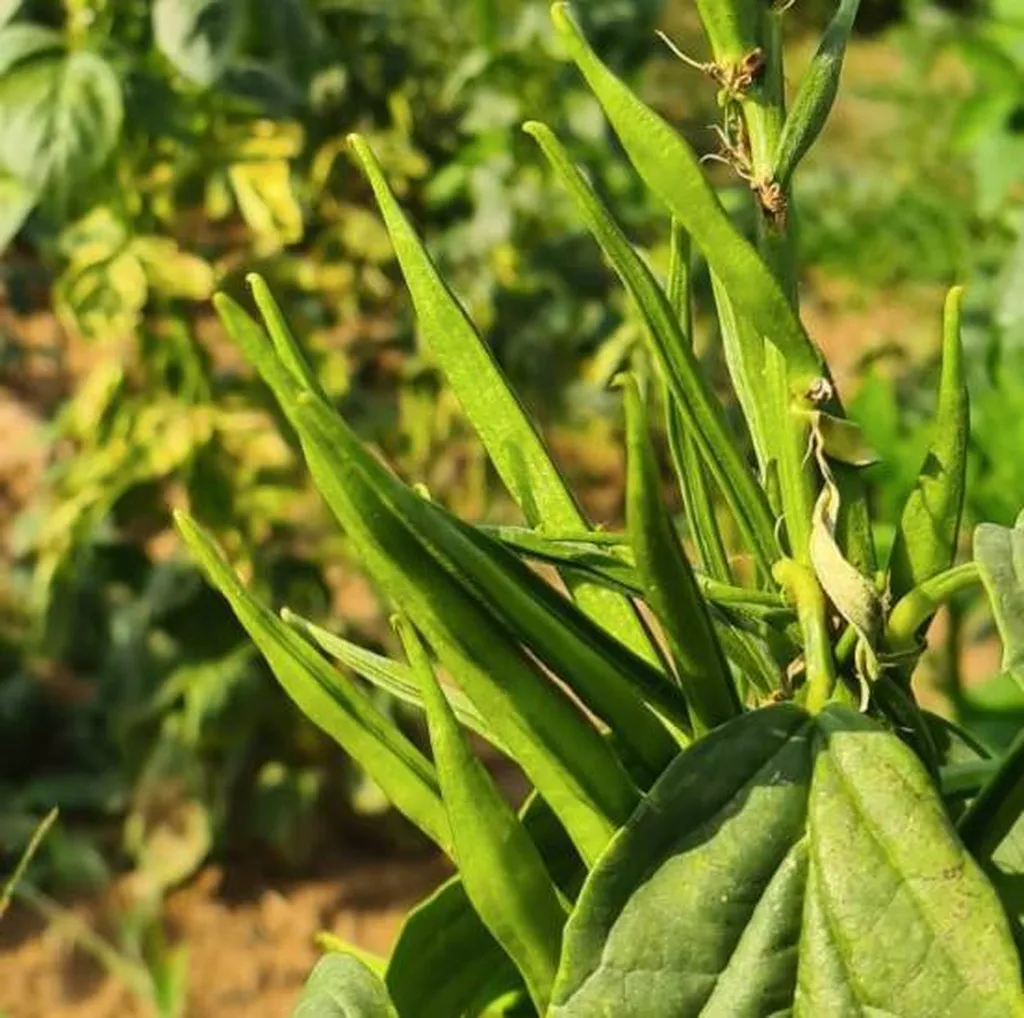In the heart of India’s hot arid regions, a silent battle rages beneath the soil, threatening the livelihoods of farmers and the stability of the cluster bean market. The culprit? Dry root rot, a devastating disease caused by the fungus Macrophomina phaseolina. But a glimmer of hope has emerged from the labs of an unknown institution, where a team of researchers, led by Devendra Singh, has harnessed the power of nature’s tiniest warriors to combat this agricultural foe.
Singh and his team have discovered a quartet of microbial allies, each with unique abilities to fend off the pathogen and promote plant growth. “We screened hundreds of microbial isolates,” Singh explains, “but these four stood out due to their strong antagonistic potential against M. phaseolina.” The team identified Trichoderma breve 37F, Pseudomonas sp. 8B, Aneurinibacillus aneurinilyticus 16B, and Bacillus velezensis 32B as the most promising candidates.
The real magic happens when these microbes team up. In pot experiments, the four-microbe consortium achieved an impressive 87.13% disease control, reducing the percent disease incidence to a mere 16.7%. But the benefits didn’t stop at disease management. The consortium also boosted plant growth, with treated plants showing a 1.66-fold increase in height, a 2.81-fold increase in fresh weight, and a staggering 21.4-fold increase in yield compared to infected controls.
The consortium’s impact extended to the plants’ physiological and biochemical attributes. “We observed significant improvements in total chlorophyll, carotenoids, and various antioxidant activities,” Singh notes. The treated plants also showed a remarkable 46.8% reduction in electrolyte leakage, indicating enhanced stress tolerance.
The field validation of these findings confirmed the consortium’s efficacy, with a 42.0% disease control and a 2.79-fold increase in seed yield over infected controls. These results, published in the journal ‘Frontiers in Plant Science’ (translated from ‘Frontiers in Microbiology’), open up exciting possibilities for sustainable agriculture.
The commercial implications for the energy sector are substantial. Cluster bean, or guar, is a crucial crop for the production of guar gum, a key ingredient in hydraulic fracturing fluids used in the oil and gas industry. A sustainable, eco-friendly method to manage dry root rot could stabilize yields, ensuring a steady supply of guar gum and contributing to energy sector stability.
This research paves the way for future developments in biocontrol strategies. As Singh puts it, “Our findings demonstrate the potential of microbial consortia as an eco-friendly biocontrol strategy.” Future work should focus on formulation and large-scale field validation, bringing us one step closer to a sustainable agricultural future.
In the ongoing battle against crop diseases, this microbial quartet has proven to be a formidable ally. As we face the challenges of climate change and food security, such innovative solutions will be crucial in shaping a sustainable future for agriculture and the energy sector alike.

